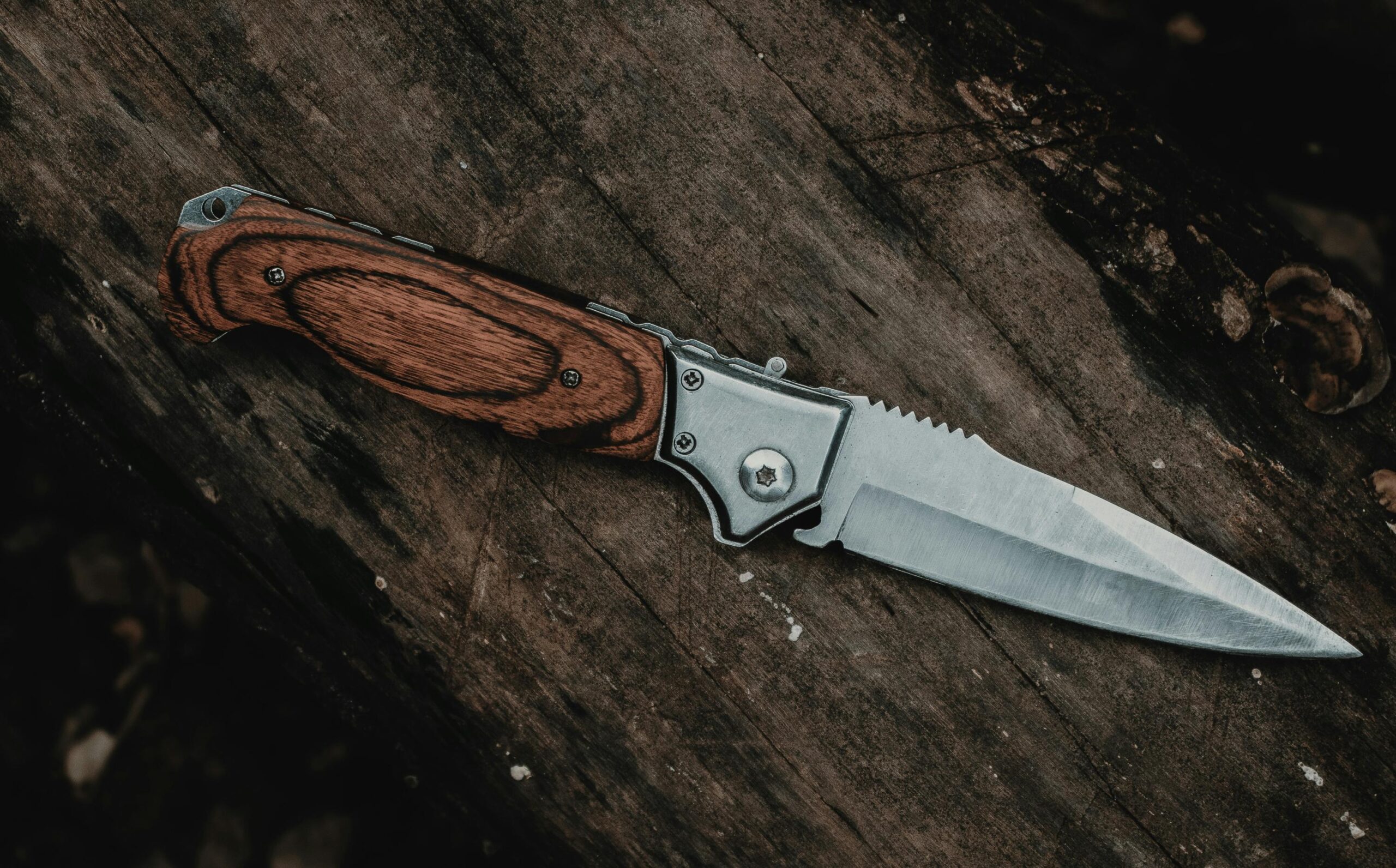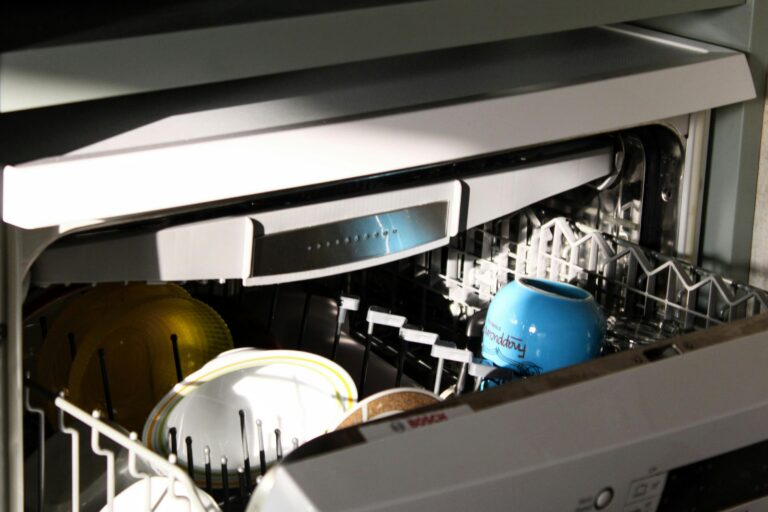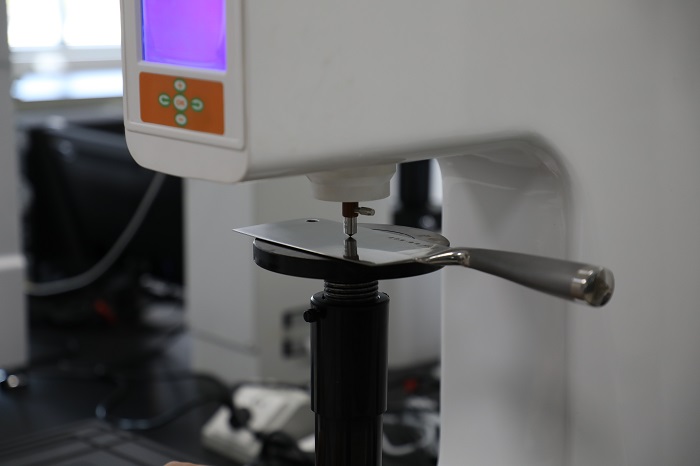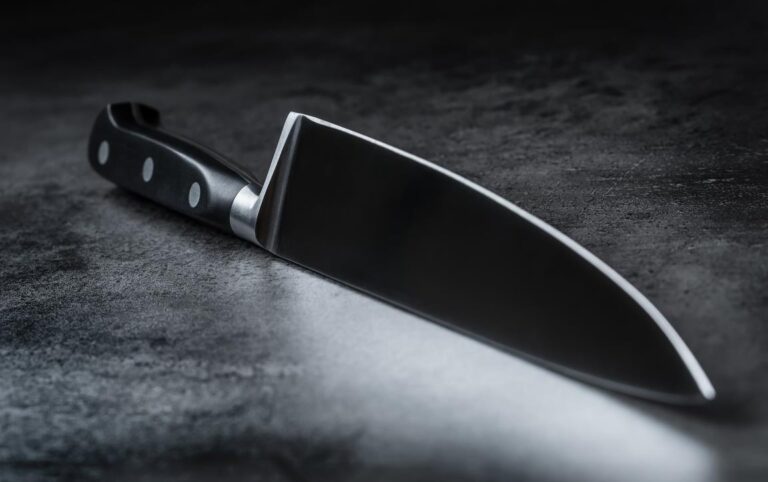A spear point blade is known for its symmetrical shape and strong tip, making it great for piercing and detailed work. Many sellers choose this blade for its balance of strength and control.
When picking knives for your store, understanding blade shapes helps you meet customer needs. The spear point stands out for both tactical and everyday uses, giving your customers more options to choose from.
This guide will break down what makes the spear point unique, highlight its pros and cons, and show you how it compares to other knife shapes.
What Is A Spear Point Blade?
Symmetrical Design
Resembling a spear tip, it features evenly curved spine and edge that meet at a sharp, center-aligned tip, ensuring balance and easy control.
Versatile Functionality
Available in double-edged or single-edged variants, it excels at accurate slicing, cutting, and stabbing, making it a common choice for utility use.
Practical Size
Typically 2–6 inches long, its balanced design minimizes errors and ensures predictable handling, ideal for everyday uses.
What Is A Spear Point Blade Used For?
Spear point blades are versatile and practical. Their balanced design allows you to perform piercing, slicing, and stabbing tasks with accuracy and control.
Outdoor
Spear point blades excel outdoors, with their strong, symmetrical tip easing drilling/piercing (e.g., wood, fabric, shelter materials) and enduring repeated use without bending..
EDC
Compact and balanced, they handle daily tasks like opening packages or cutting ties, offering piercing power without sacrificing slicing ability.
Self-Defense & Tactical Scenarios
Their narrow, centered tip delivers maximum penetration, favored by professionals for high-stress scenarios and balanced tactical throws.
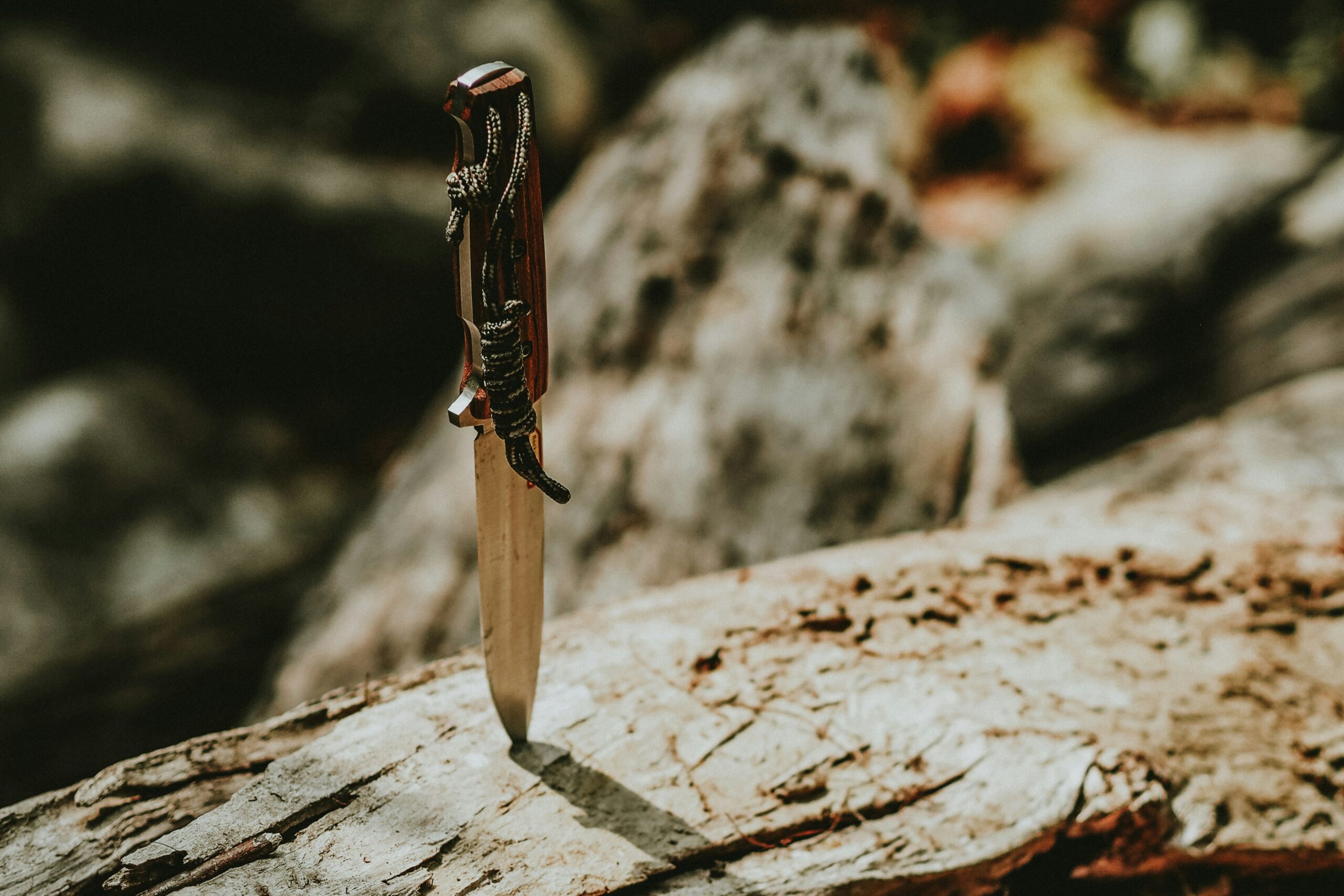
Fine Piercing Tasks
Ideal for precise tasks (e.g., fabric holes, wood carving) thanks to a centered tip and symmetrical edges that ensure controlled, clean punctures in tough materials.
Advantages Of Spear Point Blade
Spear point blades offer a unique mix of precision, control, and piercing ability. These qualities can increase a knife’s usefulness and help you attract more buyers
Strong Balance
Its perfectly centered weight means better control for users, less slippage, and reliable performance in both directions— a key selling point for safety-focused buyers.
Versatility In Double-Edge Designs
Offer optional double edges to highlight two cutting surfaces, boosting efficiency and flexibility— ideal for attracting buyers seeking multi-purpose tools.
Buy Wholesale Knives and Start Scaling up with Us Today
Contact us and connect with a sales rep to get a free quote.
Disadvantages Of Spear Point Blade
While spear point blades offer balance and control, they do have a few downsides you should know about. Some users find their performance limited for certain tasks, especially compared to more specialized blade shapes.
Limited Cutting Efficiency
The spear point blade does not have much belly or curve. This means it has less cutting edge surface for slicing tasks.
If your customers want a knife for food preparation or skinning, they may find the spear point less efficient. The blade’s straight, narrow shape limits its ability to make long, smooth cuts. Instead, it works best for piercing and thrusting.
Tip Vulnerability
Although the tip is strong and centered, the spear point’s design can still be prone to damage if used roughly. Stabbing or twisting into tough or hard material may chip or snap the tip.
Many spear points are double-edged, making the tip even sharper and thinner. This increases its piercing ability but can make the tip less durable under stress. If your customers use their knives on wood, bone, or thick plastic, the tip might suffer damage.
Spear Point Vs. Drop Point Blade
Spear point and drop point blades have different shapes, strengths, and uses. You need to understand their tip placement, main functions, and advantages so you can recommend the right knife to your customers.
Tip Position
Spear point has a tip centered along the midline, making the blade symmetrical on both sides.
Drop point has a lower, offset tip with a thick convex spine, providing extra thickness and making the blade stronger at the tip.
Core Function
Spear point: Their double-edge design prioritizes accurate piercing (ideal for thrusts).
Drop point: The thick spine and gradual slope help prevent tip breakage, increasing the blade’s durability. Excels at slicing/utility, with a wide belly for hunting and everyday tasks.
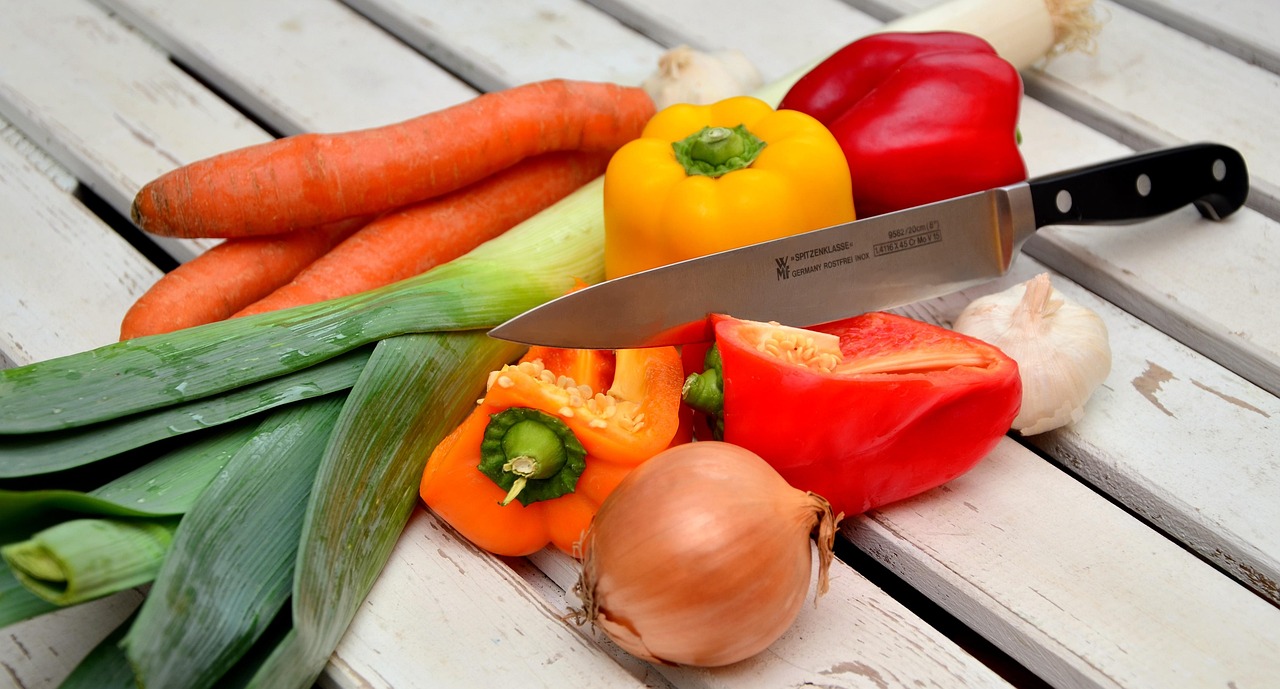
Advantages
Spear point offers superior piercing and balanced sharpening.
Drop point boasts strength, durability, and suitability for heavy-duty work.
In summary, choose spear point for accuracy and piercing, and drop point for strength and slicing.
Spear Point Vs. Clip Point Blade
Both spear point and clip point blades are useful for everyday tasks and special uses. These blade shapes differ most at the tip, how they pierce, and how they cut.
Tip Design
Spear point has a symmetrical, centered, thick tip for balanced strength.
Clip point features a clipped, thin, sharp tip better suited for delicate work but less durable.
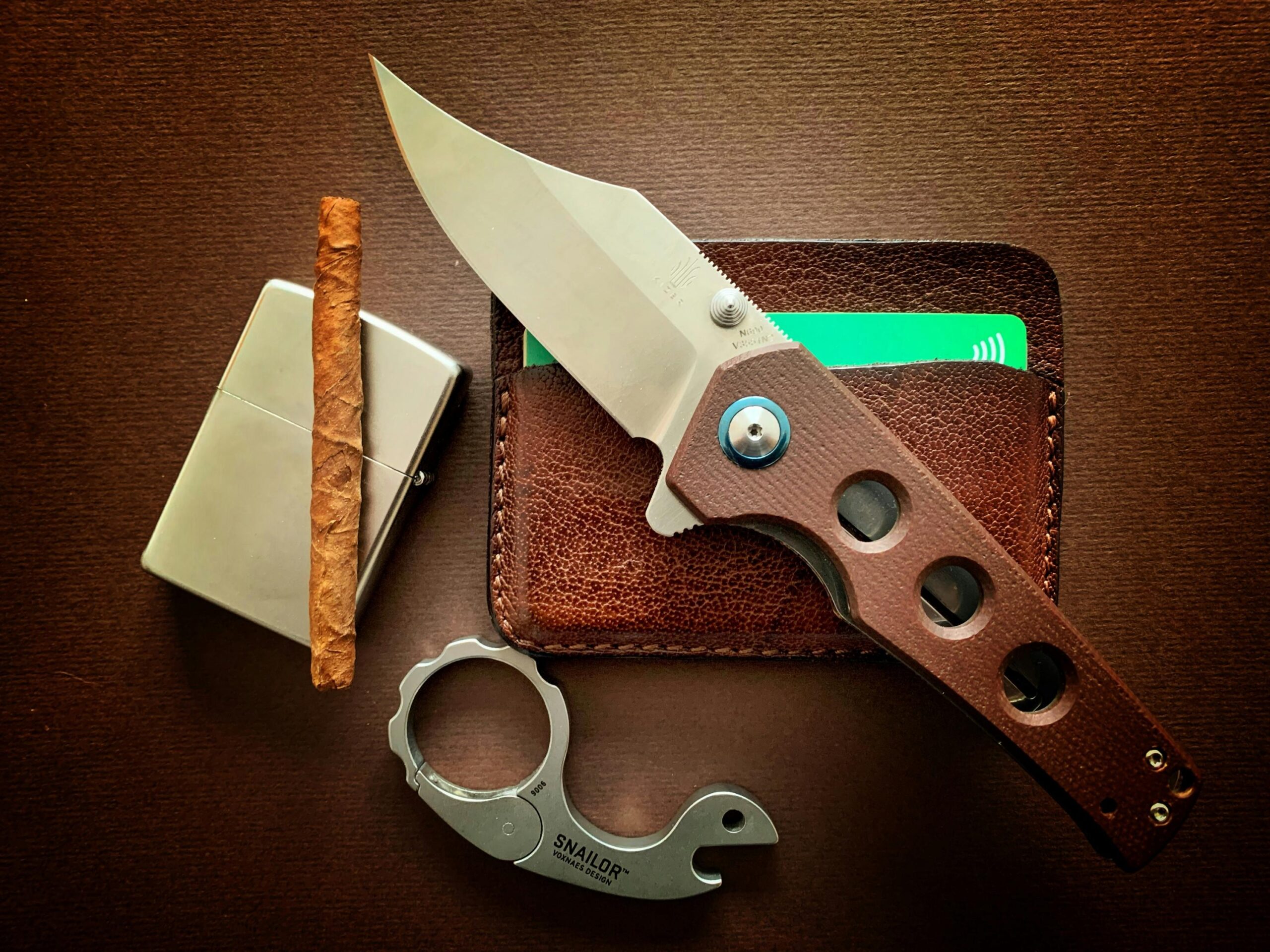
Piercing Trait
Spear point offers straight, strong piercing with minimal veering, ideal for heavy-duty tasks.
Clip point provides precise but fragile piercing, better for light use.
Cutting Ability
Spear point’s straighter edge prioritizes piercing and controlled straight cuts over deep slicing.
Clip point’s curved belly excels at smooth slicing, especially for food prep or more curved cuts. The design is popular with hunters and kitchen workers.
Conclusion
A spear point blade stands out because of its balanced, symmetrical shape and sharp tip. You will notice both edges curve equally, making it easy to control and very effective for piercing or slicing.
For sellers, spear point blades provide reliable value. Buyers often look for strength, versatility, and a proven design. With strong market demand and a long history, this blade has secured its spot in various knife lines.
If you want to expand your selection or launch your own designs, consider sourcing your products from China. You can easily request a quote to learn more about wholesale, OEM, and private label options for your business.
Frequently Asked Questions
What are the common uses for a spear point folding knife?
You can rely on spear point folding knives for detailed work, such as controlled cutting and light piercing. Their centered tip makes them reliable for everyday carry, as well as for opening packages or cutting rope. They’re also used in self-defense tools due to their ability to pierce with accuracy and balance.The symmetrical design means you get good control without sacrificing strength, making it a flexible choice for customers looking for versatility in a compact package.
How does a spear point compare to a drop point when choosing a knife?
Spear point blades have a centered tip and balanced shape, while drop point knives have a tip that slopes down and offers a larger belly for slicing. Spear points are better for piercing and balanced tasks. On the other hand, drop points are popular for hunting and skinning because the lower tip gives more control when slicing.
If your customers value balance and precise control, spear points may be a better fit. Drop points offer stronger tips for heavier tasks.
What makes a spear point blade suitable for a bushcraft knife?
A spear point blade excels in bushcraft for several reasons. Its tip is strong enough for piercing wood or hide, while the symmetrical edge provides control for carving and cutting. You can also use the knife for food prep, making it a multi-purpose tool for outdoor needs.
The strong tip and easy handling set it apart from other blade shapes. Many bushcraft enthusiasts like having a knife that can handle small detail work and reliable piercing.
